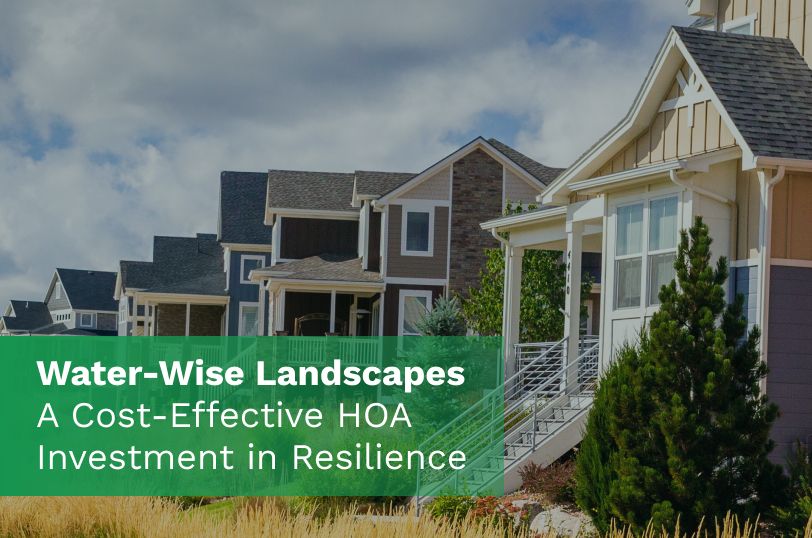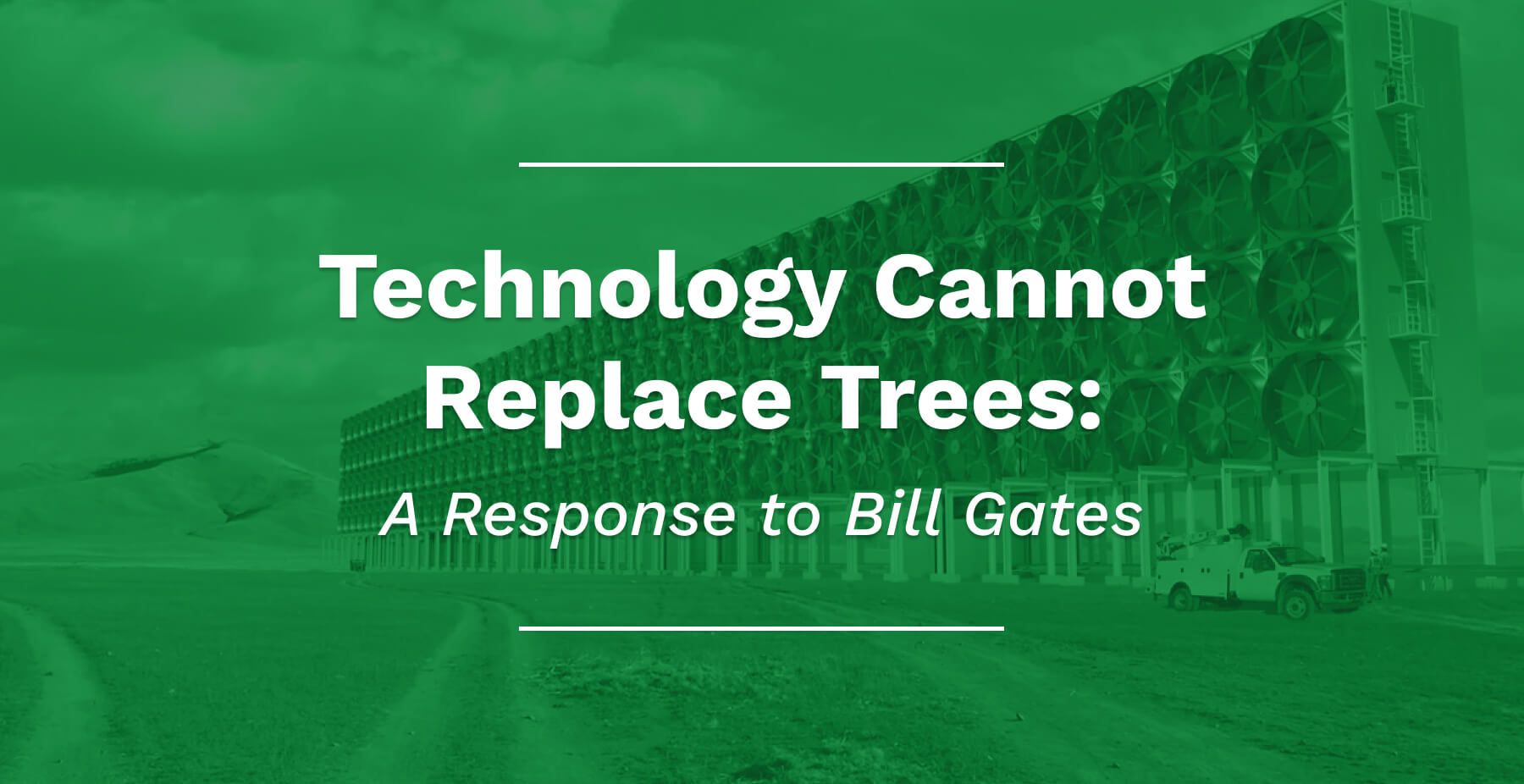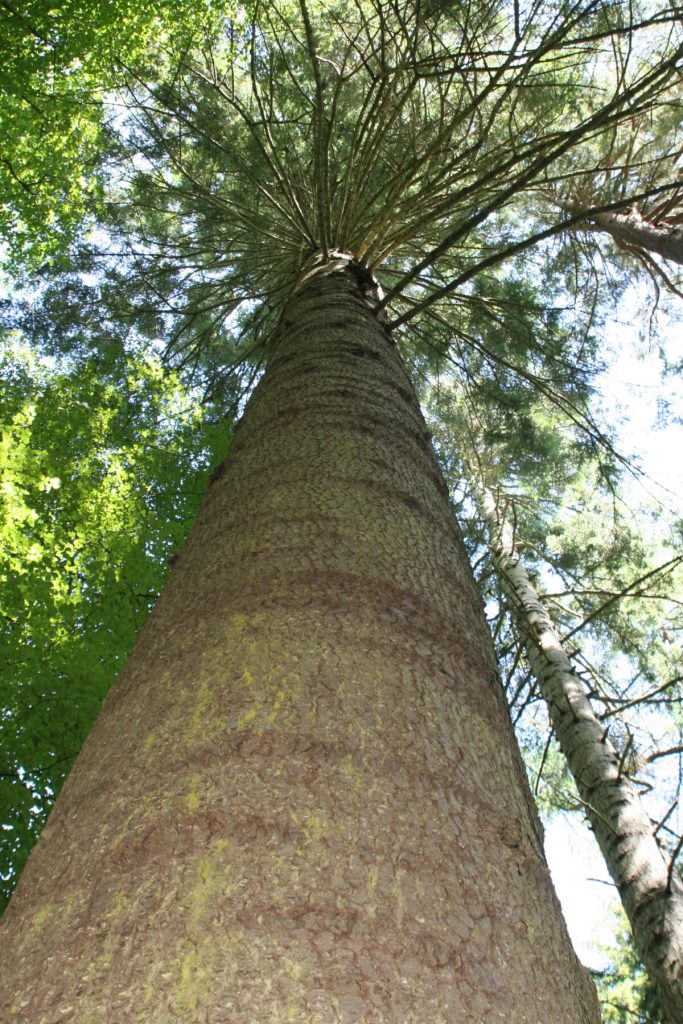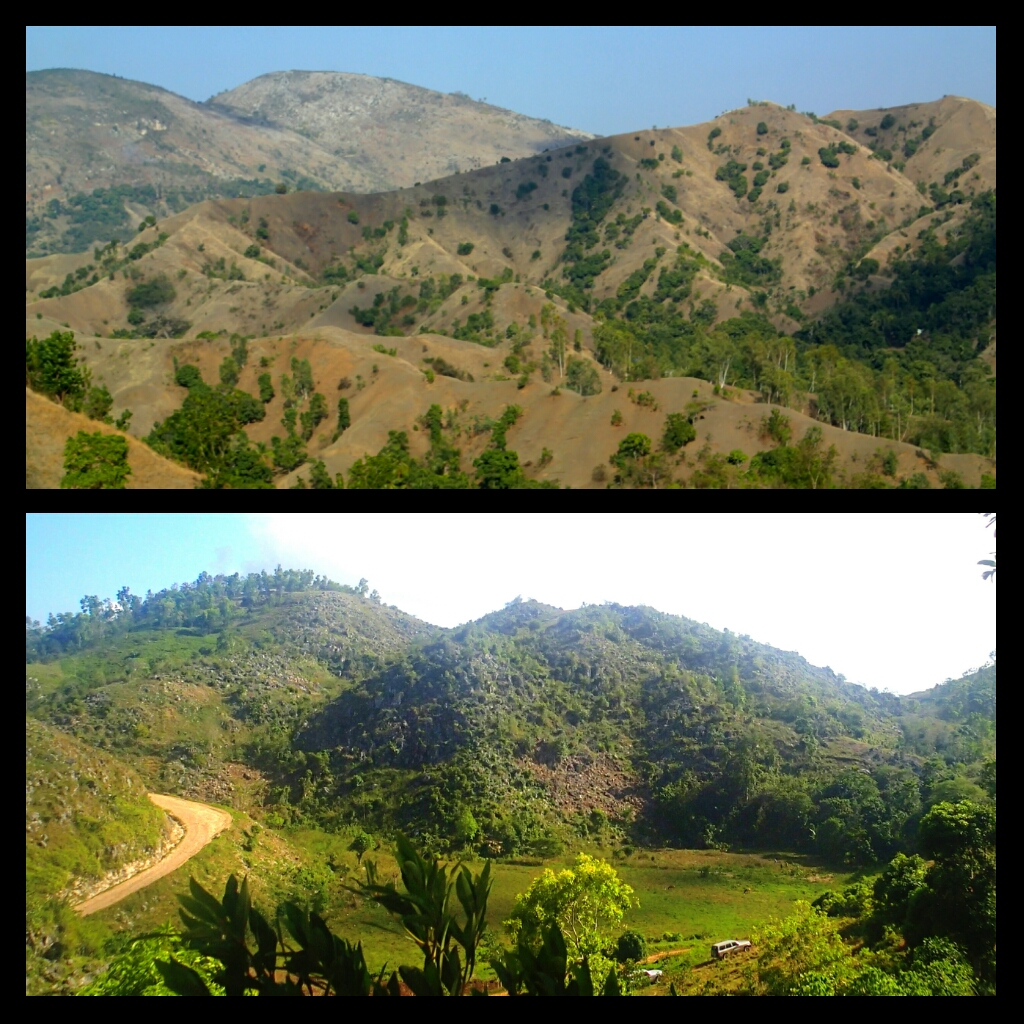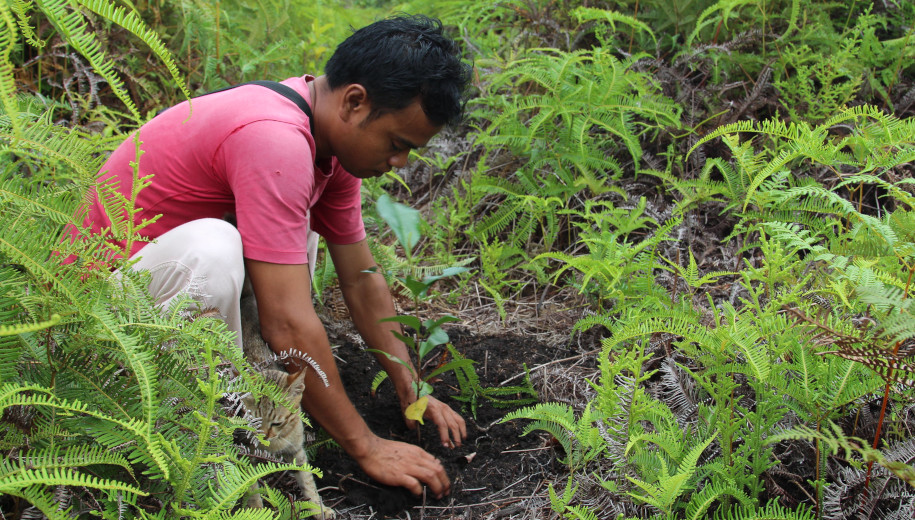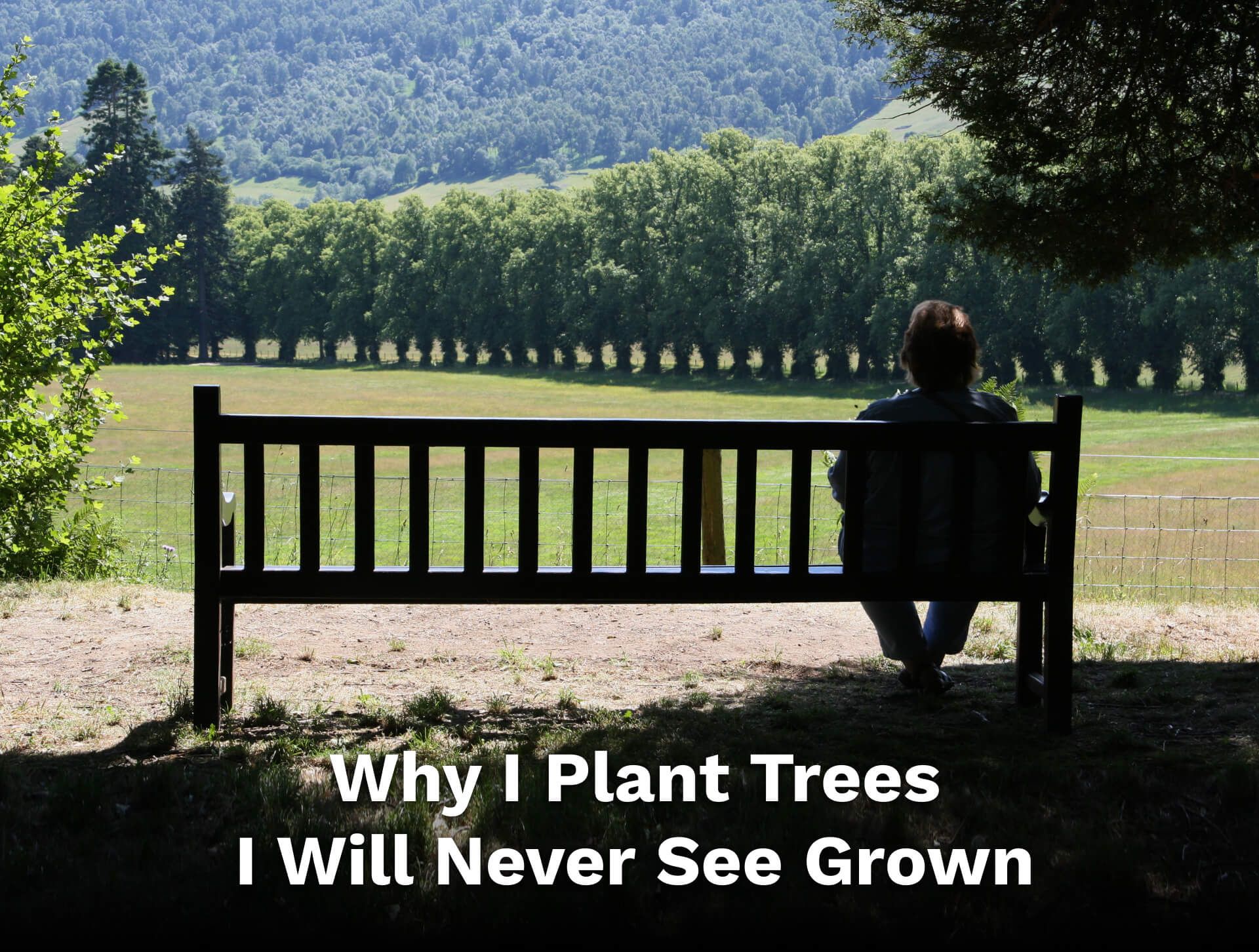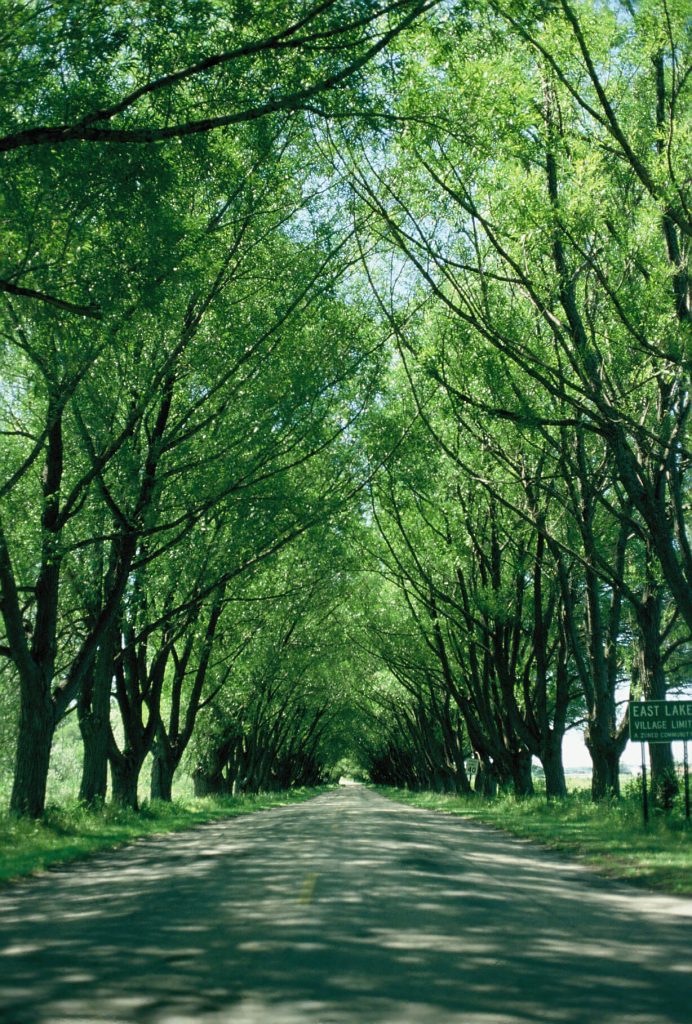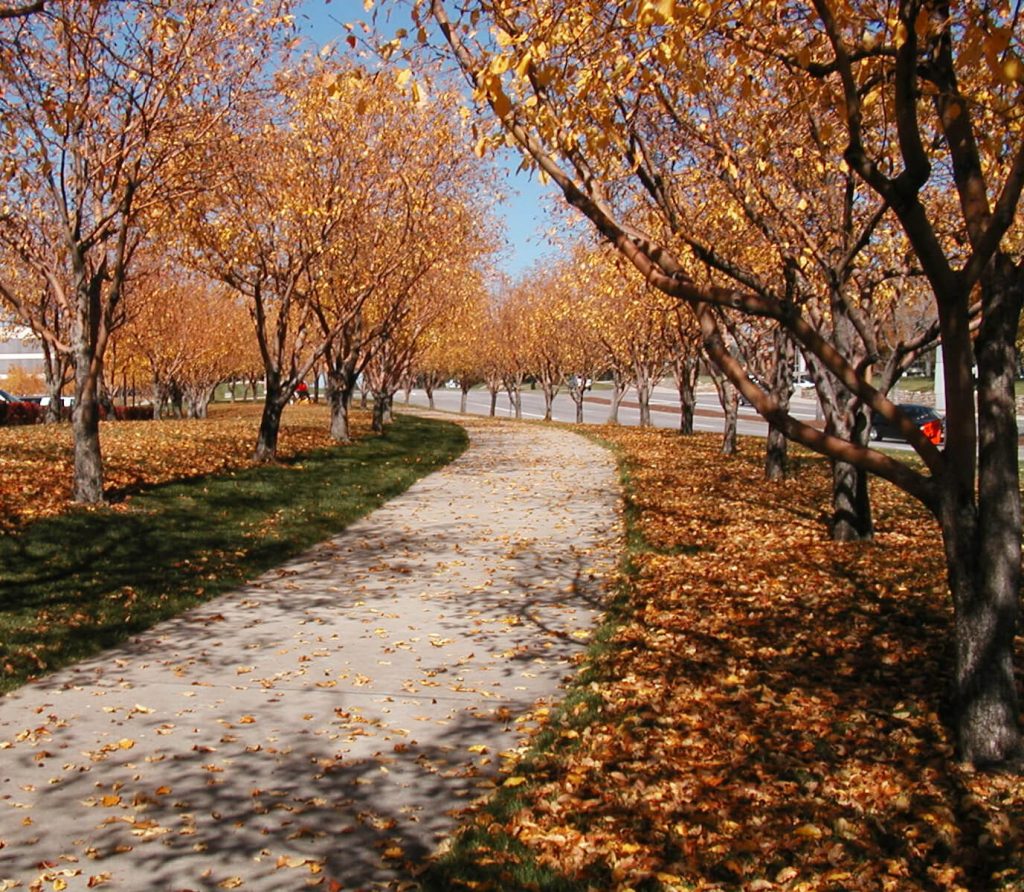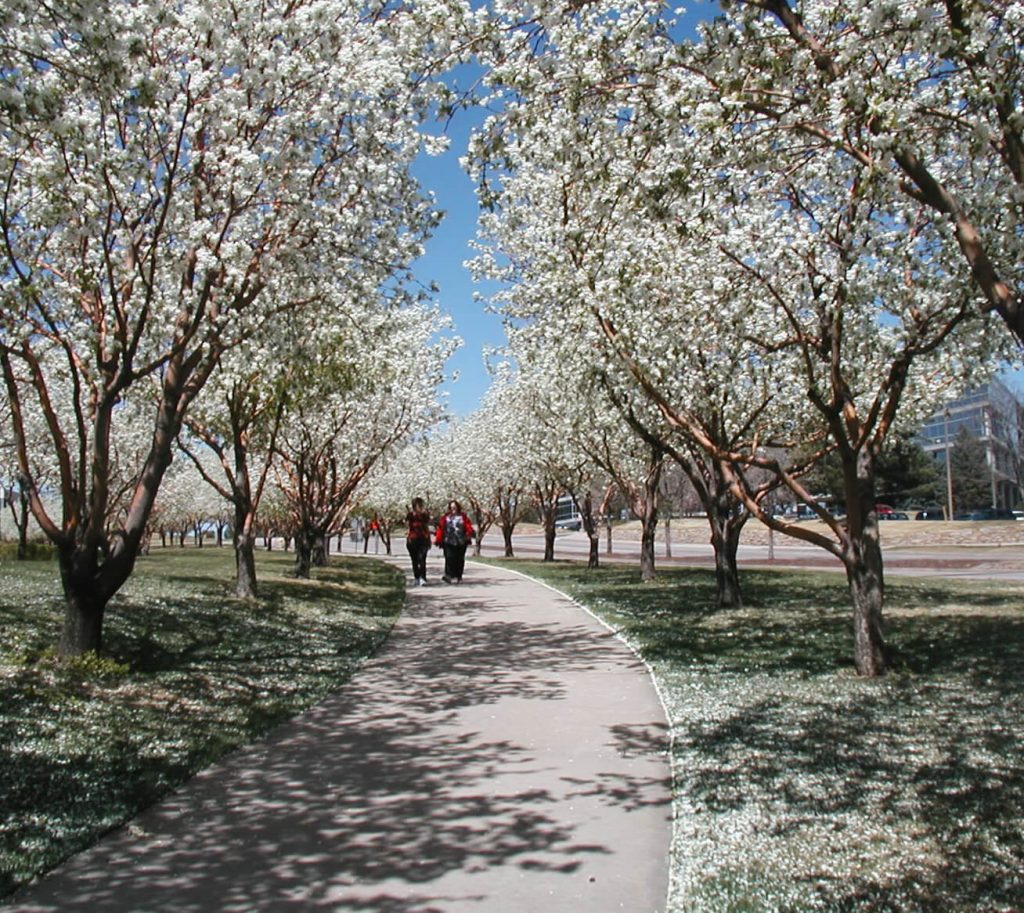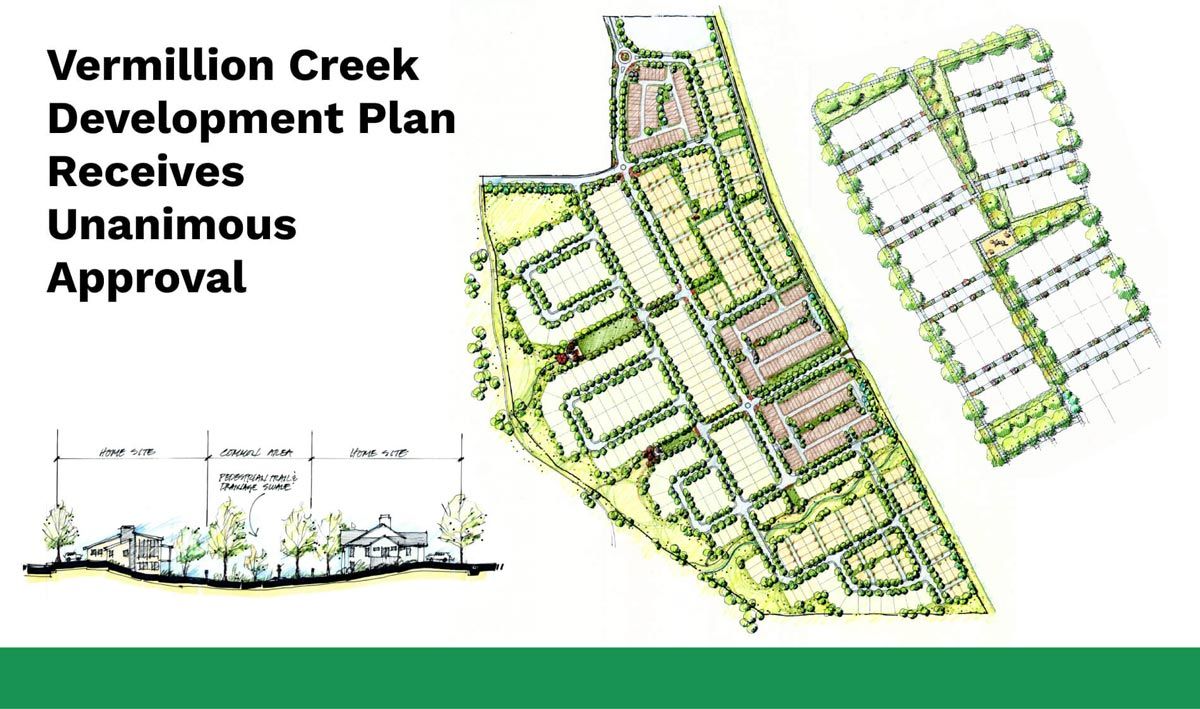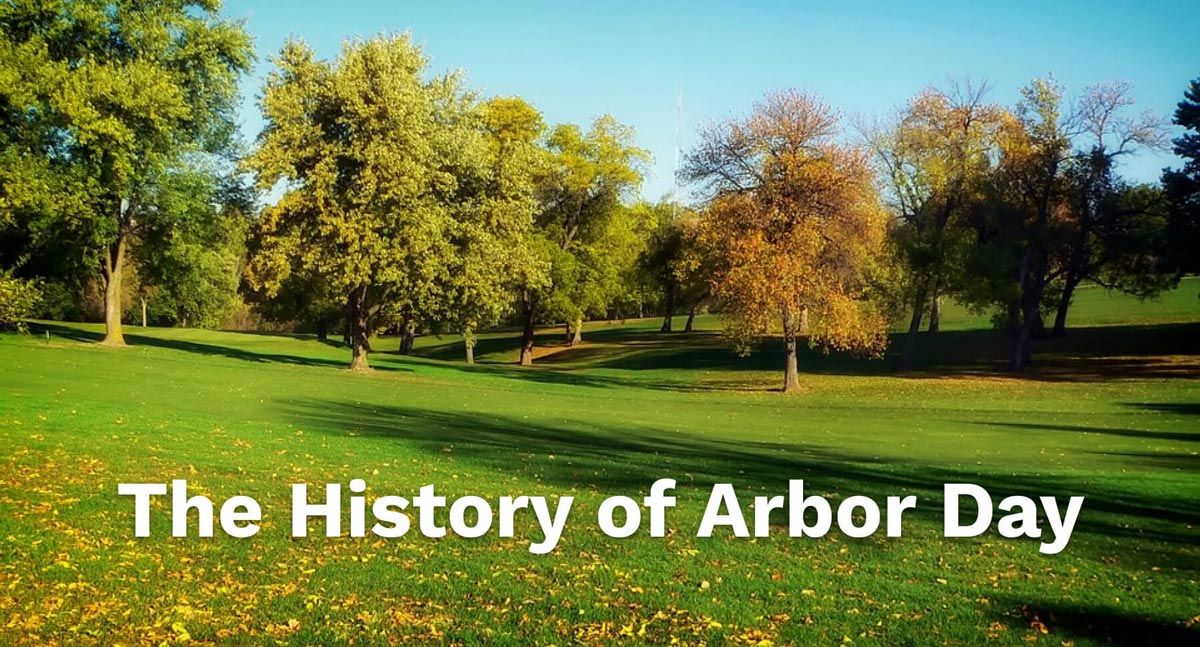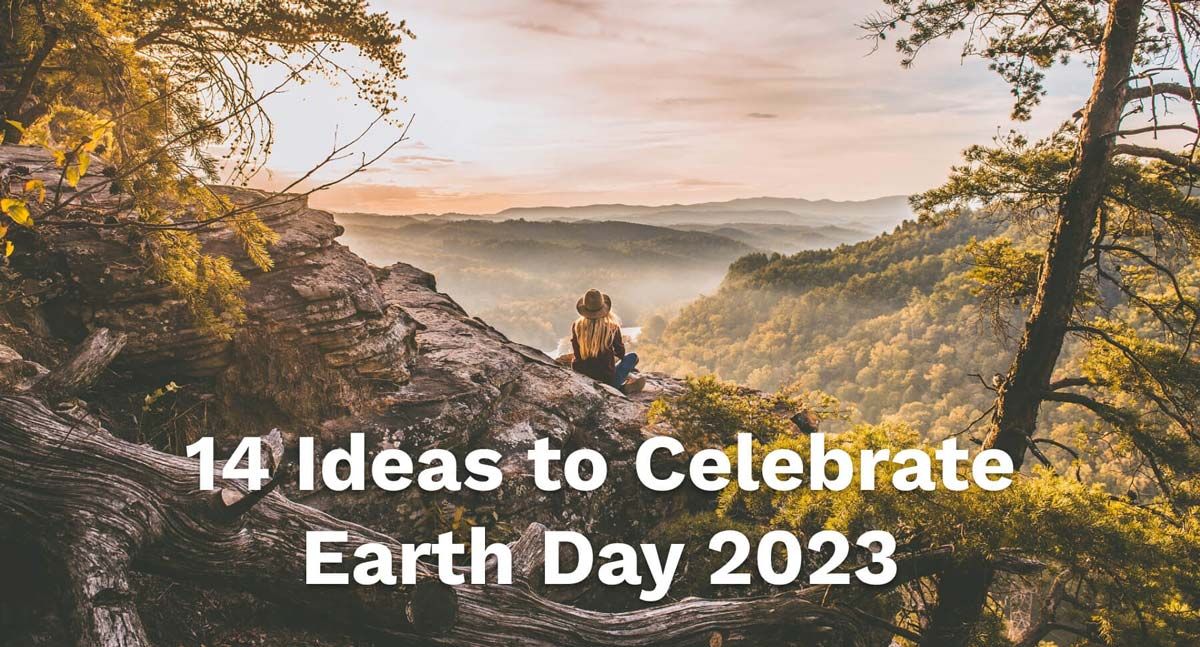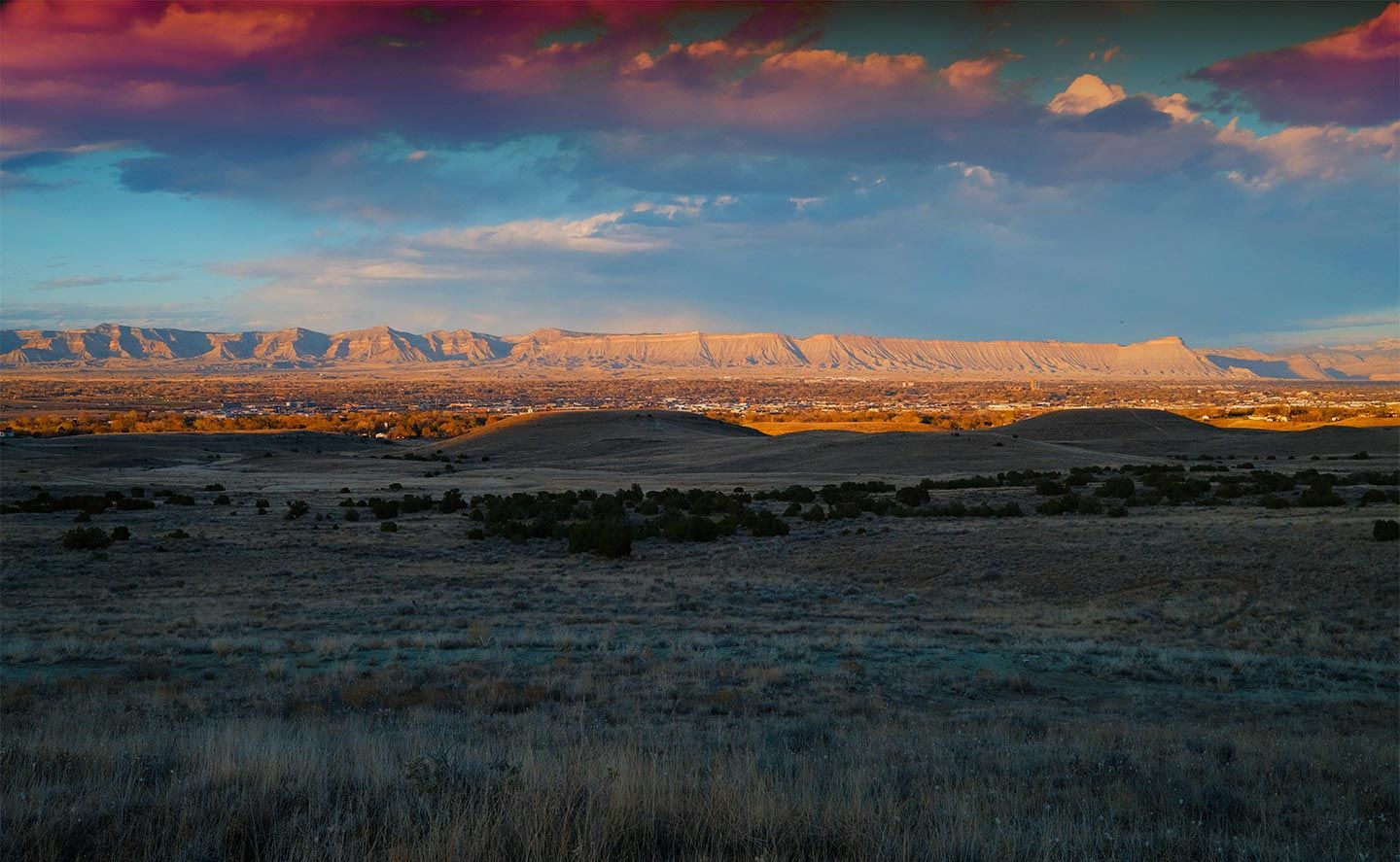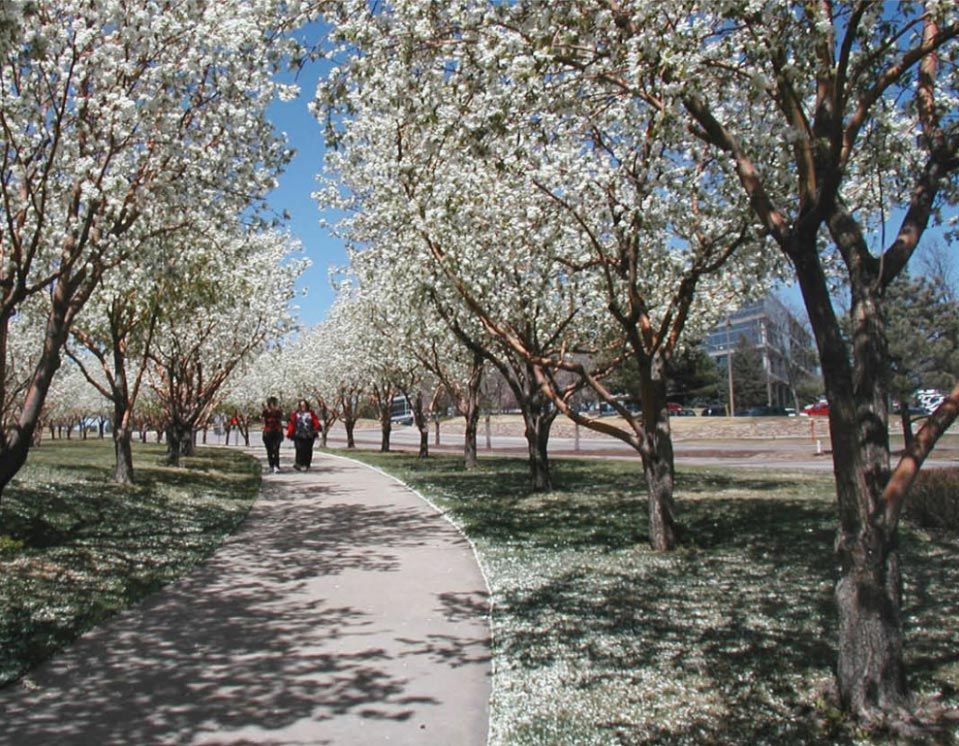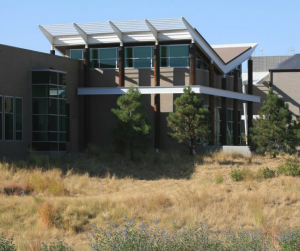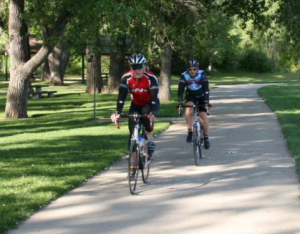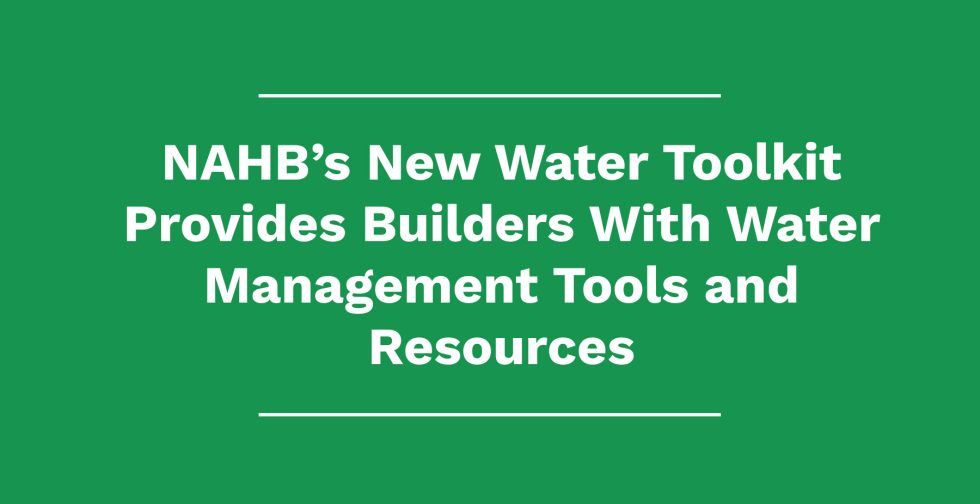Earth Day was the brainchild of Senator Gaylord Nelson of Wisconsin, a staunch environmentalist who hoped to provide unity to the grassroots environmental movement and increase ecological awareness. “The objective was to get a nationwide demonstration of concern for the environment so large that it would shake the political establishment out of its lethargy,” Senator Nelson said, “and, finally, force this issue permanently onto the national political agenda.”
Earth Day was created to help bring awareness and support for environmental protection around the world. The day was born out of a massive oil spill in Santa Barbara, California.
Earth Day was celebrated in the United States for the first time on April 22, 1970. Millions of Americans, including students from thousands of colleges and universities, participated in rallies, marches, and educational programs across the country.
EARTHDAY.ORG (EDO), the global organizer of Earth Day and the largest recruiter of environmental movements worldwide, announced today the theme for Earth Day 2023 – “Invest in Our Planet.”
Investing in a green economy is the only path to a healthy, prosperous, and equitable future.
What can you do to celebrate?
Earth Day ideas for the community
Earth Day can be a great opportunity to engage with your local community. Use these Earth Day 2023 ideas to spark inspiration for reconnecting everyone with nature — while connecting with one another.
1. Organize a nature walk and scavenger hunt
Looking for a way to explore some natural beauty in your immediate community? Organized nature walks are a popular option. Want to add a fun challenge to gamify your walk and get guests to work together? Earth Day scavenger hunt ideas will do the trick. Invite your guests to look for nature-themed items on their scavenger hunt, such as specific flowers, trees, or even local animal life. If organizing a walk, think about the accessibility of your chosen route. For example, could your chosen area be explored by guests using a wheelchair or pushing a stroller?
2. Host a tree planting day
Planting trees is a timeless way to celebrate Earth Day while doing some good for your local environment and developing your green thumb. You’ll need to identify a spacious area to plant seedlings and secure the appropriate permissions. You’ll also need to obtain the correct native seedlings and tube stock to ensure you don’t disrupt the ecosystem.
3. Organize an eco-market
Get some local eco-market vendors to put together an Earth Day-themed marketplace. Earth Day booth ideas include locally produced snacks, crafts, and fiber products. Also, consider including stalls for recycling appliances and books.
4. Host a car trunk/yard/garage sale
Encourage secondhand shopping in your community with a yard or car trunk sale. Attendees can get to know their neighbors while preventing secondhand goods from going to the landfill.
5. Organize a forest bathing session
A practice that originated in Japan, forest bathing is a traditional form of ecotherapy that entails spending time in nature. Invite guests to embrace their natural surroundings and use their senses to soak up the atmosphere. This can be a great way to boost feelings of tranquility and improve mental well-being.
6. Educate on the environment
Arm your attendees with knowledge via an educational event. You can invite local subject matter experts to offer tips and tricks. This will help community members understand how to combat climate change’s harmful effects.
7. Lay on a community picnic
If you’re more of a foodie, tempt your guests by hosting an outdoor picnic in a scenic spot. Consider catering the event with picnic hampers, or doing it potluck-style. Remember to clean up any litter after the event.
8. Recognize progress
Rome wasn’t built in a day, and neither are initiatives to reduce climate change. Recognize milestones and small successes by looking back on the progress of previous years.
Workshop ideas for Earth Day
One way to inspire a hands-on approach is to arrange a skill-sharing workshop. Draw on our Earth Day marketing ideas so that you can create an event that will equip attendees with practical skills. If you’re new to teaching, fear not — we’ve got you covered with our list of workshop ideas.
9. Make a bird feeder or house
Birdhouses and bird feeders are classics for a reason. These items are beautiful for outdoor decor. Building a birdhouse is also a nature-friendly pastime that helps local wildlife thrive. To save on costs, consider charging a fee for any supplies you need to provide. Or ask attendees to bring their own.
10. Build a veggie patch
Help your guests to learn more about living off the land by building a veggie patch as a group. Growing your own food has excellent benefits for the environment. It’s also a good opportunity to sell seedlings and other gardening supplies.
11. Create a compost heap
Home composting is a simple but effective way to be more environmentally friendly. Run a session that teaches attendees how to build and use compost bins.
12. Teach a cooking class
Mark Earth Day with a cooking class specializing in vegetarian and vegan dishes. Cooking meat-free meals can show your guests that they can lower their carbon footprints while indulging in delicious homemade food.
13. Teach a sewing lesson
One way that various organizations are attempting to limit environmental harm is by banning plastic bags. Contribute to the cause by creating a workshop that teaches attendees how to sew and mend. Guests can craft their own reusable shopping bags and learn to fix clothes that they would otherwise throw away.
14. Put on an upcycling workshop
Upcycling can help reduce waste. Host a class and show attendees how they can transform common household goods into brand-new items. Activities could include:
- Turning tin cans into plant holders
- Using toilet paper rolls for kids’ toys/art projects
- Taking milk cartons and making them into bird feeders
- Creating a bulletin board out of wine corks
- Making coffee cans into pencil holders

